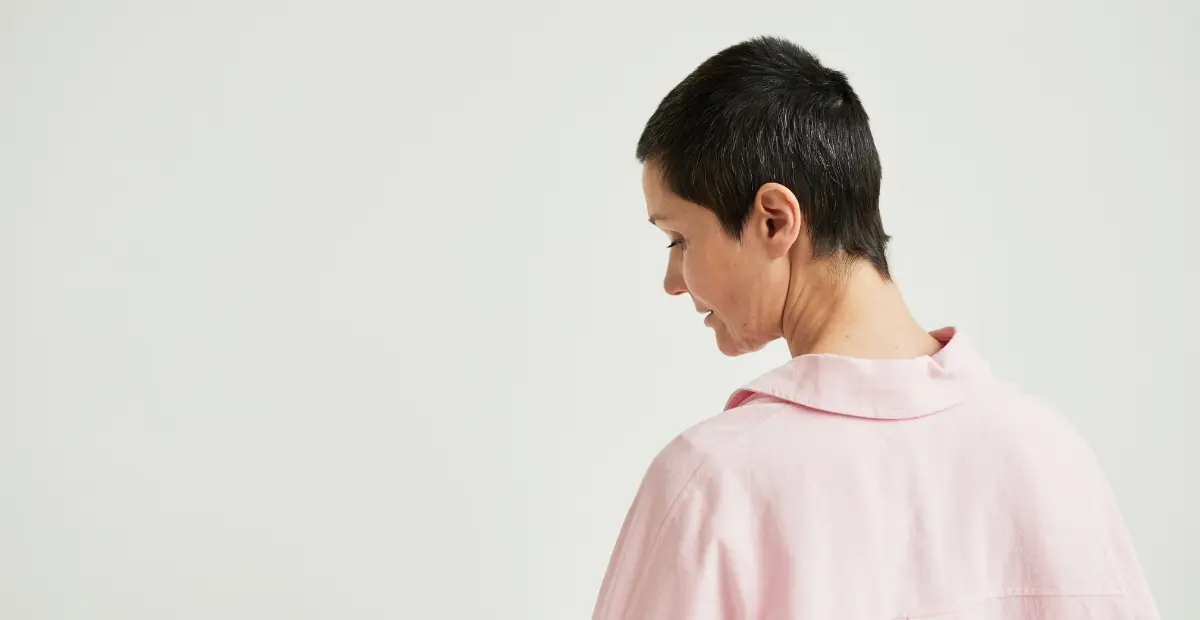What Does Breast Cancer Look Like? Spot Visible Symptoms and Perform Self-Exams
Have you ever seen a bump or a slight redness on the breast, and you freaked out thinking it was a sign of Breast Cancer?
And the fact that 2.3 million women were diagnosed with Breast Cancer in 2020 makes you feel even more overwhelmed.
The truth is, we have all been there at least once.
But what does Breast Cancer look like?
Well, in this article, we will dive into the details of the signs and symptoms that could point to Breast Cancer.
We shall also see how to perform self-examinations to ensure early diagnosis and treatment to ensure healthy breasts.
How Breast Cancer looks
Following are some factors through which you can understand how Breast Cancer looks like.
Redness (Erythema) or rash
Redness of the skin on the breast or even darkening of the skin around the breast could be a sign of Cancer.
In some cases, Breast Cancer rashes might also appear in the form of irritated or swollen skin, which may be red, itchy, bumpy, scaly, or blisters.
This redness and rashes are easily mistaken for infections or injuries.
Hence, it is important to be cautious if you observe these signs.
Swelling (Edema)
Swelling of one or both breasts is a symptom of Breast Cancer.
It can occur in a particular part of the breast or the entire region.
If you have swelling in your breasts that doesnât go away quickly, it might indicate a more serious condition.
Asymmetry
A little asymmetry in the breast is normal.
But if you can see a significant difference in the size of your breasts, it could be a sign of Breast Cancer.
Orange-peel texture
If your skin ever feels thicker and starts to appear pitted like the skin of an orange, get it checked right away.
This might be caused by an infection but is also a potential sign of Inflammatory Breast Cancer.
Lump in the breast or armpit

A lump in the breast, around the armpit, or even the collarbone can be a potential indicator of Breast Cancer.
This lump can be seen by the eye or felt with your hands during a self-examination of the breast and is often hard and painless.
It is a marble or pea-shaped mass right under the skin, which resembles a ridge or a bump.
Performing self-examination at regular intervals may help with early detection and treatment of the condition.
Dimpling
Dimpling in the breast skin might be a sign of Breast Cancer.
It looks like a pitted, sunken area with an uneven skin texture.
Certain non-cancerous conditions like fat necrosis could also cause dimpling.
It is best to get it checked by a professional for the best diagnosis.
Nipple discharge
You should discuss any unusual nipple discharge with your doctor since it could be a symptom of a serious condition.
Bloody, yellowish, or clear nipple discharge is often an early sign of Breast Cancer.
Inverted nipple
Sometimes, Breast Cancer can cause the nipples to get inverted or change directions.
Nipple inversion is a problem faced by 10%-20% of the general population, which might occur due to aging or some benign condition.
But if you notice these changes in your breast, it is advisable to visit a doctor.
Scaliness or flaking
Nipple or breast skin that is dry or flaking might be another sign of Breast Cancer.
Some women also experience scaling of the skin and peeling under the breast, but these could also mean dermatitis.
Hence, if you notice these signs, it is important to determine the cause soon.
Sores or ulcers
The appearance of ulcers on the breast, areola, or nipple is another sign of Breast Cancer.
It usually occurs in more advanced stages of Breast Cancer, especially in the case of fungating breast tumors.
Self-examination for Breast Cancer

Since a lot of minor signs can eventually lead to Cancer, it is important to know when to see a doctor.
Regular breast self-examination can help women identify potential issues early on and seek medical attention promptly.
You can perform a visual and physical exam to observe changes in your breasts.
Visual exam
Take off your clothes and stand or sit in front of a mirror.
With your hands at your side, observe if you can see any of the signs discussed above.
Observe again, but this time with your hands raised over your head and your palms meeting.
Physical exam
Lie down on your back or do this examination in the shower to allow your fingers to glide more smoothly.
To conduct a breast self-examination, virtually divide the breast into four quadrants and carefully inspect each section.
Use the pads of your fingers or any other part of the hand sensitive enough to feel the breasts.
Your aim is to apply pressure at different levels to feel the different depths of the breast tissue.
For a proper diagnosis, visit your doctor if you feel any pain or find anything abnormal.
Takeaway
In conclusion, knowing what Breast Cancer looks like and performing regular self-exams are crucial steps in early detection and treatment.
While not all Breast Cancer presents with visible symptoms like redness or discharge, being familiar with changes in the breast tissue and seeking medical attention for any concerns can save lives.
By taking a proactive approach to breast health, women can increase their chances of detecting Breast Cancer early, when it’s most treatable.
Frequently Asked Questions
WowRx uses only high-quality sources while writing our articles. Please read our content information policy to know more about how we keep our content reliable and trustworthy.






